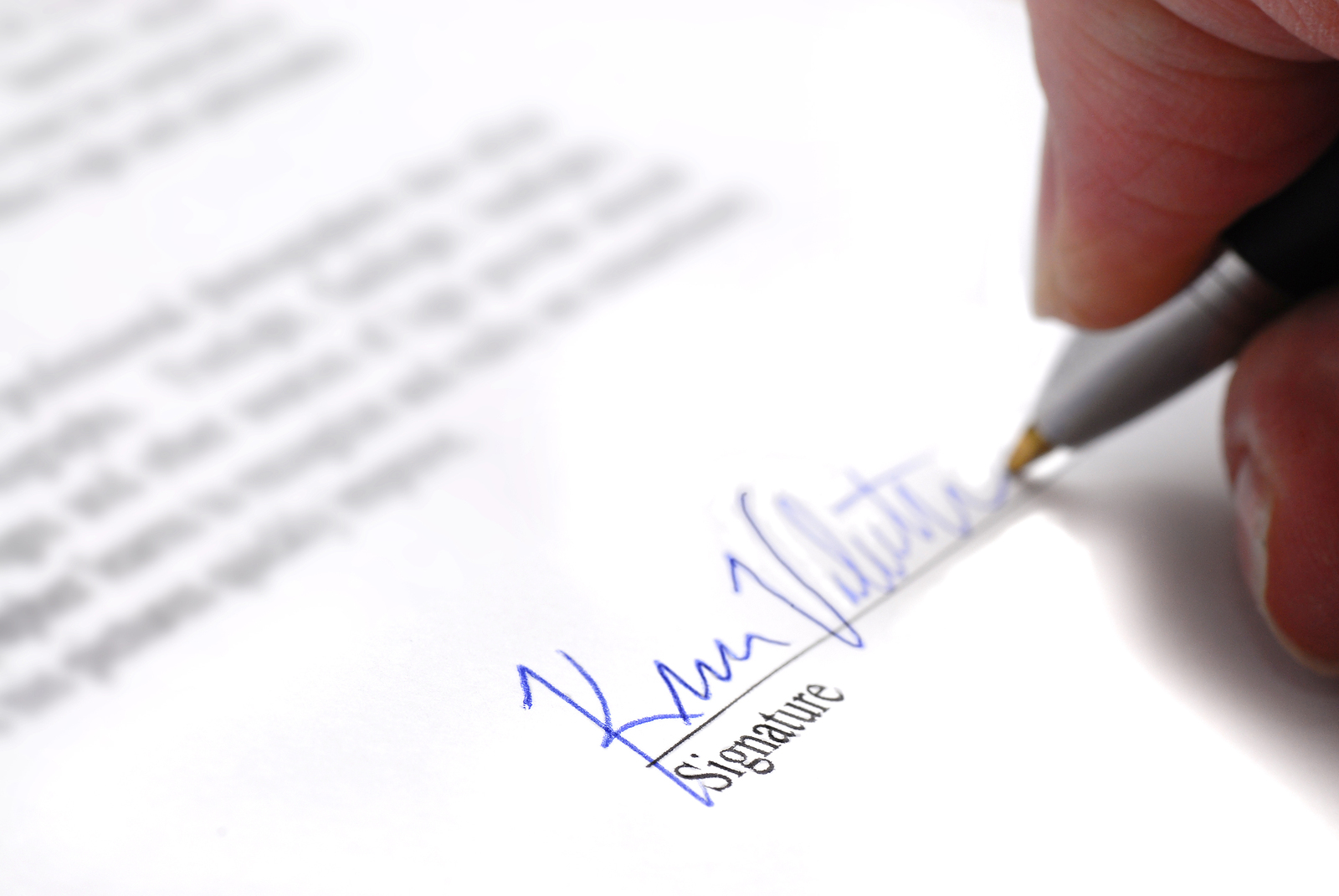If you have ever been involved with sales, legal, marketing, or generally any business function that involves agreements, then chances are, you’ve had to endure the back-and-forth that comes with negotiating terms and ensuring that any changes are reflected in the agreement. Then comes the final moment when the signatures need to be added.
And contracts are only a portion. What about your trip authorization process? Or invoice approval process?
Now come the big questions:
- How do you know the signatures are there and even more importantly, the signatures belong to the proper signing authority and authentic?
- Do you apply the same review of signing authority to both paper and electronic documents?
 The good news is that there is a technology called “signature verification” that can not only identify the presence of signatures, but also compare them automatically with a set of valid reference signatures. And this process can be applied to both paper documents that are scanned as well as electronic documents.
The good news is that there is a technology called “signature verification” that can not only identify the presence of signatures, but also compare them automatically with a set of valid reference signatures. And this process can be applied to both paper documents that are scanned as well as electronic documents.
How does it work?
Signatures are biometric attributes that everyone has – just like fingerprints or the iris in your eyeball. They are very unique and extremely hard to copy. Even more interesting is that, while your fingerprints or iris don’t change, your signature can – but the biometric attributes remain unchanged. Crazy huh?
Using advanced document and image analytics, these signatures can be evaluated based upon a number of biometric characteristics. The characteristics used are based upon well-known and well-researched science on how signatures are created. All of this advanced science is encoded into algorithms that forensically analyze a signature to extract these key biometric attributes. They are then stored in a database.
During your business workflow, when signatures are applied, the document, whether electronic or scanned image, can be evaluated, the signature (or signatures) can be extracted, and then compared against the reference signatures using the same forensic techniques. Signatures that match signal that the signing is complete and authorized. Those that don’t get handled as exceptions.
Even better is that, unlike electronic signatures, biometric signatures do not employ user passwords or proprietary technology so the threat of a person’s PIN code or password being stolen is not possible. Signature verification can be used by itself in replacement of the PIN code or used in-conjunction to provide an extra layer of protection and assuredness. And the same verification process can be applied to scanned and electronic documents.
Learn more about signature verification technology in this quick video:



